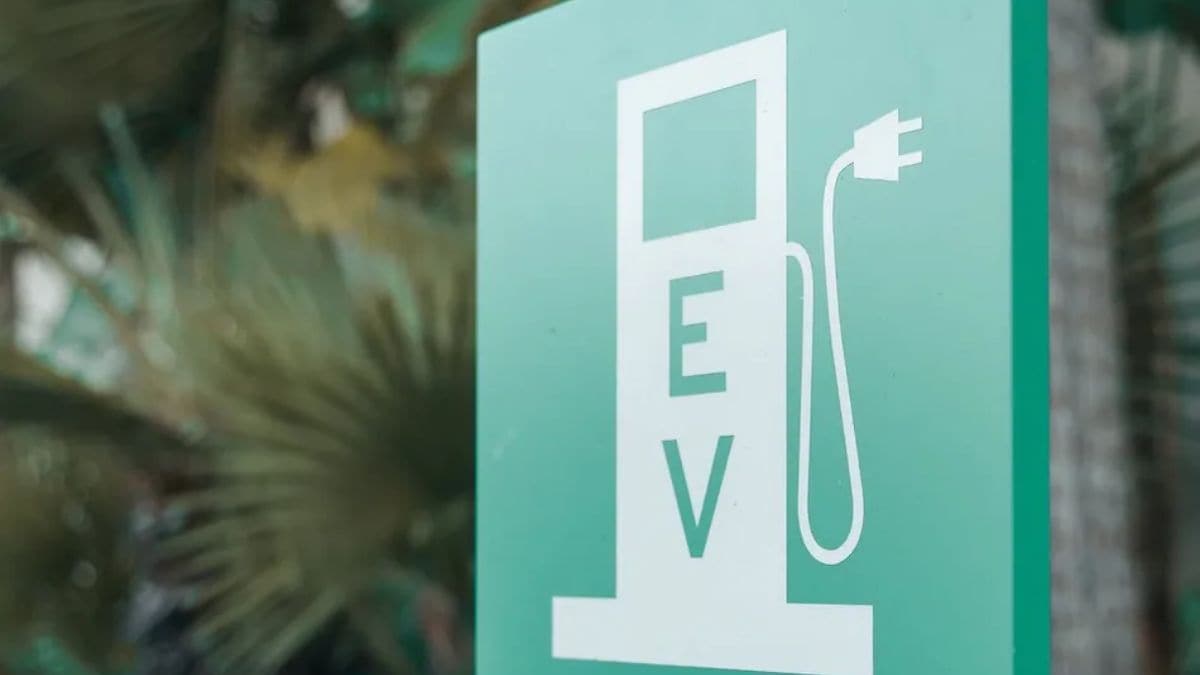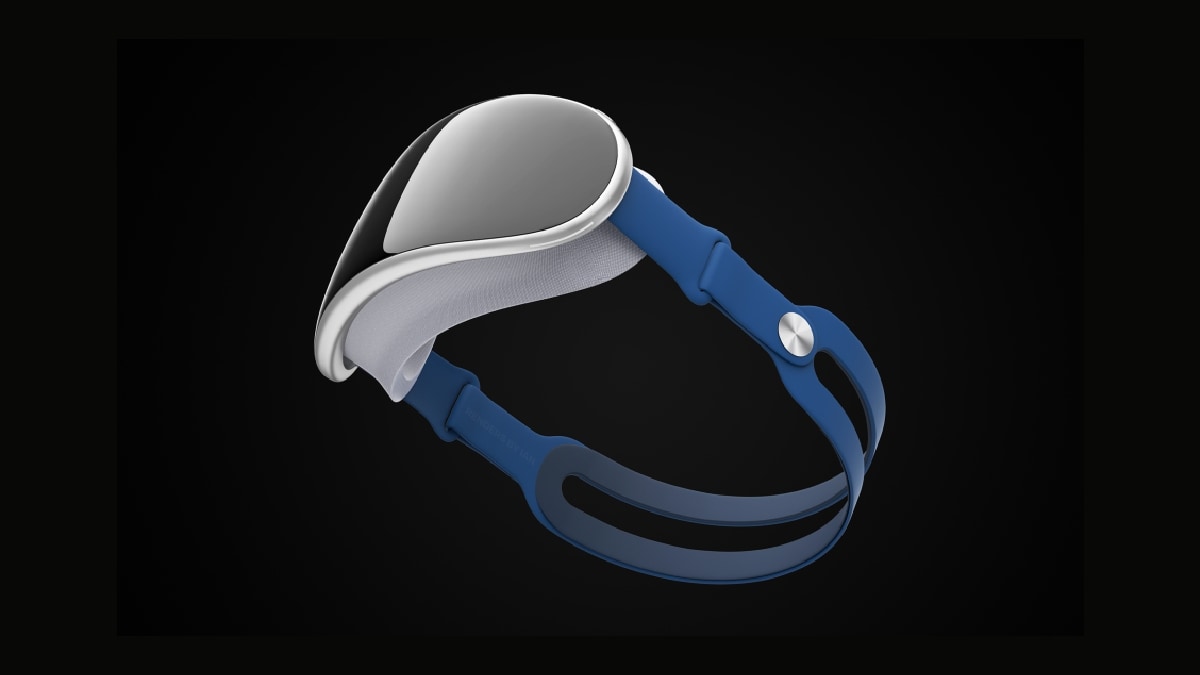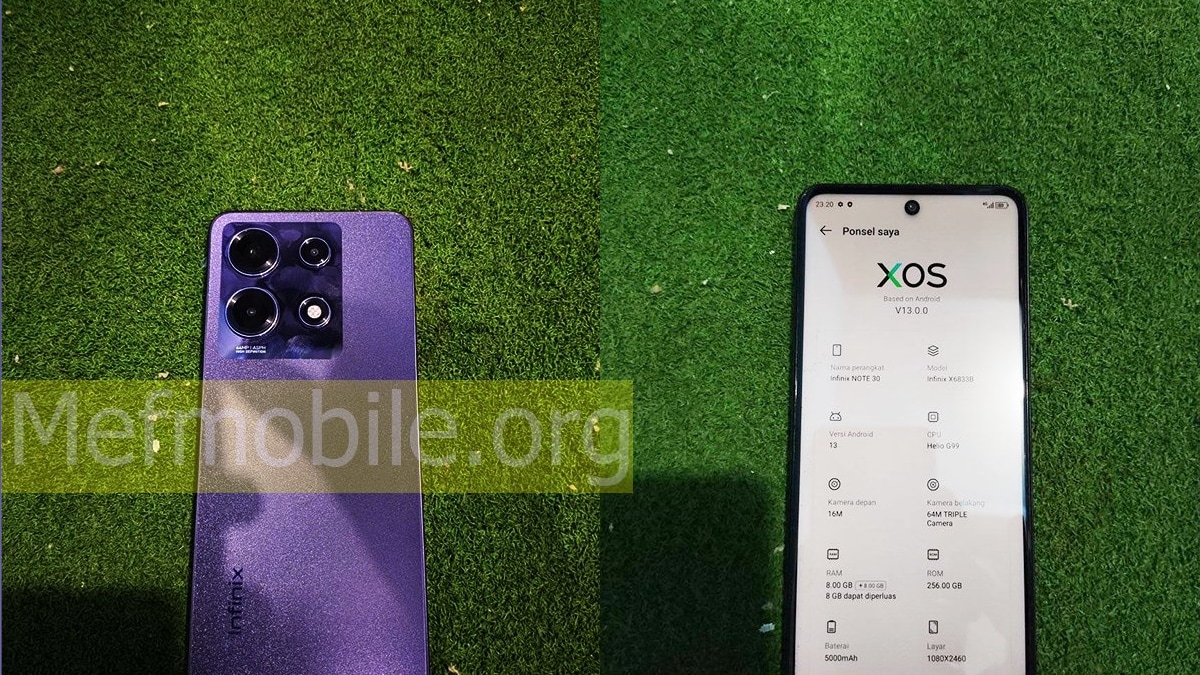Gadgets And Technology Daily News | 16 May 2023

Views (216)

India Ripe Target for EV Companies but Domestic Takeup Slow Despite Rise in EV Sales: Report

India is a ripe target for electric vehicle firms as the third-largest auto market in the world but due to slow domestic takeup, no Indian company is likely to have a meaningful global share of electric vehicles in the foreseeable future, according to a report by S&P Global Ratings.
Asia is set to keep its place as the world's biggest producer of, and market for electric vehicles (EVs), EV batteries, and EV battery materials and the continent will be at the centre of the EV era, it said.
"As the world's third-largest auto market, India is a ripe target for EV firms. Sales of EVs more than doubled last year in the country. This was, however, off a low base. EV sales represented less than 2 percent of the total light-vehicle sales in the last 12 months," the report said.
Moreover, it said 90 per cent of the EVs in India are in the two- and three-wheeler segment.
"While there is strong growth potential, the development of adequate charging infrastructure will be key to EV adoption. Given the slow take-up of EV domestically, no Indian company is likely to have a meaningful global share of EVs in the foreseeable future," it added.
S&P Global Ratings pointed out that in India Tata Motors has taken the lead in the EV segment with a more than 80 per cent share of the market.
"We expect the company to maintain its strong position despite rising competition from other players, including SAIC Motor Corp. Ltd. and Hyundai, as well as domestic companies such as Mahindra & Mahindra Ltd," it said.
However, Tata Motors's UK subsidiary, Jaguar Land Rover Automotive PLC, "trails many peers in the move to EVs. This could hurt its competitiveness", the report said.
"With EVs representing just about 10 per cent of Tata Motors' expected passenger vehicle sales in fiscal 2023, we expect the margin and earnings impact to be manageable. There is no major funding requirement either given shared manufacturing infrastructure with the ICE segment," the rating agency said.
Tata Motors also raised about $1 billion (roughly Rs. 82,28) through the sale of convertible instruments.
The securities are mandatorily convertible into an 11 per cent-15 per cent stake in its Indian EV business.
"The funding has significantly reduced its debt at the India level. We believe Tata's Indian EV business has potential for further monetisation," S&P Global Ratings said.
The report said Asia will be at the centre of the EV era.
"The region has much of the resources needed for the sector (Indonesia in nickel), highly supportive policies (China), and industry-leading technology (Korea, China, Japan). A batch of Asian firms are eclipsing entrenched players, not least in China, which has a larger EV market than the rest of the world combined," the report said.
Apple Reality Pro Headset to Be Unveiled at WWDC 2023, 'Production Issues' Anticipated: WSJ

Apple Reality Pro — the purported wearable mixed reality headset from the Cupertino company — will reportedly be unveiled by the company in the coming weeks. Expected to debut at Apple's WWDC event in June, this headset, that is said to combine both augmented reality (AR) and virtual reality (VR), is set to be Apple's first device in this category after seven years of research and development. Several details of the headset have previously leaked online, and a new report corroborates many details of its design, specifications, and expected pricing.
A Wall Street Journal report citing people familiar with the matter reveals that Apple's Reality Pro headset is on track to be unveiled in the coming weeks — Apple's Worldwide Developers Conference (WWDC) 2023 is scheduled to begin on June 5. The headset is expected to be priced at $3,000 (roughly Rs. 2.50 lakh), and the company expects issues with producing the device, as per the report. The price and launch timeline of the headset were previously reported by Bloomberg, Nikkei Asia, and TF Securities analyst Ming-Chi Kuo.
Apple's upcoming headset, which is said to be dubbed "Reality Pro", will allow users to see "virtual worlds" while wearing the headset, and will resemble large ski googles that "enclose" the user's eyes. However, unlike regular virtual reality goggles, the headset will feature cameras that will also allow them to see their surroundings.
The report states that production concerns from inside Apple and the firm's supply chain persist and that mass production of the headset may not begin until December. This suggests that while Apple may show a demo of the device next month, users who can afford the purported price tag may not receive the headset until the end of the year.
Kuo previously claimed that production of the wearable headset had been delayed to late Q3 2023. He speculates that only 200,000 to 300,000 units will be shipped by the company this year, a figure much lower than the original expectation of 500,000 units. On Monday, Kuo stated that Cowell would be the biggest supply chain beneficiary of Apple's upcoming announcement. Reuters has reported that production will be handled by Apple's Chinese partner Luxshare, while components come from Sony, TSMC, Everwin Precision, and Cowell.
Other details, such as the inclusion of an external battery pack, have previously been reported by Bloomberg's Mark Gurman, and corroborated by the WSJ report. Similarly, the report also reveals that Apple has ported its mobile apps to the headset, while the team continues to work on a "FaceTime-like" application that sets it apart from the competition.
Infinix Note 30 5G Specifications, Colour Options Leaked; Tipped to Come With 6.78-Inch Display

Infinix Note 30 5G, expected to launch later this year, was previously spotted on Google Play Console, giving us some hints on its specifications. Now, the smartphone's key details have been leaked by a popular tipster, who also hinted about the expected colour options. The purported phone is tipped to come in three colour options. Infinix Note 30 5G is speculated to come with Dimensity 6080 SoC. However, the company is yet to reveal or confirm any of these rumours.
Tipster Paras Guglani (Twitter @passionategeekz) has leaked the key specifications of the purported Infinix Note 30 5G via Twitter. He has shared that the phone could sport a 6.78-inch Full HD+ display with a 120Hz refresh rate. The smartphone is said to be powered by a MediaTek Dimensity 6080 SoC, coupled with 8GB RAM and 256GB inbuilt storage. Moreover, the phone is likely to carry a triple rear camera setup, comprising a 108-megapixel main camera, a 2-megapixel sensor and an AI camera. For selfies, there could be a 16-megapixel front camera.
Revealing more information on the battery and the software support of the smartphone, the tweet mentioned that the Infinix Note 30 is likely to come with Android 13 pre-installed and powered by 5,000 mAh along with support for 33W charging. Apart from these, the phone could debut in three colour options namely Magic Black, Sunset Gold, and Interstellar Blue.
This is not the first time that the expected specifications of the Infinix Note 30 have surfaced online. Previously, the phone's live images were leaked mentioning the expected launch timeline and availability. The leaked live images suggested that the Infinix Note 30 Pro could come with a glittery back panel and will have a rectangular camera module, which will house a three rear camera unit and an LED flashlight, placed on the top left corner of the back panel.
The Infinix Note 30 is rumoured to launch in India by the end of this month. It will reportedly be sold through Flipkart.
India Needs Framework for Regulation of AI, Says Digital India Corporation's MD

Abhishek Singh, MD and CEO of Digital India Corporation on Monday emphasised the need for India to have its own framework on Artificial Intelligence (AI) that provides solutions to the diverse nature of the country.
Though many countries have legislative interventions, there is no law in India to regulate AI, he claimed.
"We are thinking in this direction. As and when the Digital India Act is passed, there would be provisions for enforcing guidelines," Singh said virtually addressing the first CeRAI (Centre for Responsible AI) workshop on responsible AI for India held at the IIT Madras here.
The guidelines on AI would not limit innovation but allow innovation and creativity to prosper while offering ethical and responsible solutions to the users, he said.
The Bureau of Indian Standards (BIS) has its own committee on AI that proposes a draft for Indian standards equivalent to ISO standards. "TRAI came out with a consultative paper expressing concerns on the risks of AI. We are looking at this paper for finalising our framework for responsible and ethical AI," Singh said.
Though on a positive note, several firms and even start-ups claim they are for responsible AI, they don't adopt to those standards. "At times they are in conflict with their commercial interests and are not as ethical as they claim to be. We need to protect the safety and privacy concerns of the people," he said.
AI, he argued, is not confined to driving cars or for entertainment but pervaded diverse fields including healthcare, and agriculture. Prime Minister Narendra Modi's talk on "Sabka Saath Sabka Vikas aur Sabka Vishwas" (together with all, development for all and trust of all) applied to AI, as well. AI should be non-biased and non-discriminatory, he added.
Prof V Kamakoti, director, IIT Madras, also spoke.
The IIT-M has established the CeRAI, an interdisciplinary research centre, to ensure ethical and responsible development of AI-based solutions in the real world. "It is geared towards becoming a premier research centre at national and international level for both fundamental and applied research in responsible AI with immediate impact in deploying AI systems in the Indian ecosystem," a release said.
Prof Balaraman Ravindran, head, CeRAI, stressed that it is important for the AI model and its predictions to be explainable and interpretable when they are to be deployed in various critical sectors/domains such as the healthcare, manufacturing and banking/finance among other areas.
"AI models need to provide performance guarantees appropriate to the applications they are deployed in. This covers data integrity, privacy, robustness of decision-making, etc. We need research into developing assurance and risk models for AI systems in different sectors," he said.
RuPay Brings CVV-Less Payments for Tokenised Cards on Supported E-Commerce Merchants

The National Payments Corporation of India (NPCI) on Monday said RuPay has now introduced the CVV (Card Verification Value) free payment experience for its debit, credit and prepaid cardholders who have tokenized their cards on the merchant application or webpage.
This new CVV-less experience ensures that the cardholder will not have to reach out to their wallet or remember any card details, if they have saved (tokenized) their card on the ecommerce merchant which supports this feature, NPCI said in a statement.
Tokenization is a simple technology to secure card transactions without sharing the clear or real card details with the merchants.
When a cardholder opts to save their card for a domestic ecommerce transaction, they authenticate the transaction through the card details (Card number, CVV, Card expiry date) as a one-time activity followed by entering the OTP (two-factor authentication), the details are then Tokenized and saved with the merchant, it said.
This safeguards the card details of the customer from cyber frauds as real details are not saved with the merchant.
The merchants live for CVV-less payments, for the subsequent transactions customer can complete the payment by just entering the OTP without the need to enter the CVV or other card details again, it said.
RuPay, the homegrown card network developed by NPCI, went live on Card on File Tokenization in 2021, in line with RBI's guidelines, for its domestic ecommerce transactions to ensure better security for all its cardholders.
HTC U23 Pro Renders Leak Ahead of May 18 Launch; Suggest Quad Rear Cameras

HTC U23 Pro compatible with HTC's Viverse VR platform is all set to go official on May 18. Ahead of the official global debut, alleged renders of the phone have surfaced online, showing the expected design of the phone in detail and hinting at some of its possible specifications. The renders show the handset in two colour options and it is shown to have a quad rear camera unit. The HTC U23 Pro appears to have a hole punch display design as well. The smartphone could be powered by an octa-core Snapdragon 7 Gen 1 SoC.
Renders of the HTC U23 Pro were shared by tipster Evan Blass (@evleaks). The renders suggest at least two colour options for the handset and show the display with a hole punch cutout, housing the selfie camera. The smartphone is seen with a quad rear camera unit, arranged in the upper left corner of the rear panel. The rectangular-shaped camera module is also seen housing an LED flash. There appears to be HTC branding on the back as well. Further, the power button and volume rockers seem to be placed on the left spine of the smartphone.
HTC already announced that the launch of the HTC U23 Pro will take place on May 18. The handset will be compatible with the company's Viverse VR platform.
The HTC U23 Pro is said to run on the Android 13 operating system and feature an AMOLED display with 120Hz refresh rate. It is expected to be powered by an octa-core Snapdragon 7 Gen 1 SoC, coupled with 12GB RAM and 256GB of storage. The quad rear camera unit of the phone is said to include a 108-megapixel primary sensor with support for optical image stabilisation (OIS).
Past leaks hinted at a 4,600mAh battery on the HTC U23 Pro. It is said to come with a side-mounted fingerprint scanner and a 3.5mm audio port as well.
0 Likes
